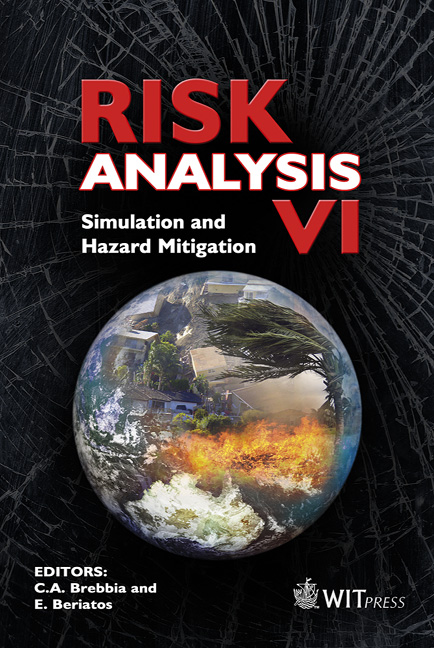Safety Assessment Methodology Of Railway Signalling Systems In Korea
Price
Free (open access)
Volume
39
Pages
9
Page Range
503 - 511
Published
2008
Size
911 kb
Paper DOI
10.2495/RISK080491
Copyright
WIT Press
Author(s)
J.-G. Hwang, H.-J. Jo & Y.-G. Yoon
Abstract
As existing electrical and mechanical railway signalling systems are replaced with systems using computer technologies, system capability has improved in such a way that the system is intellectualised. The railway signalling system is a vital system that is directly connected to massive life damage or economical loss due to its features. Therefore strict safety activity and assessment methodology are be required. There are several international standards for railway signalling system safety activity requirements, which are required to demonstrate those safety activities. Signalling system safety assessment is performed by analysing and evaluating the system safety activity process and its results. In this paper, we suggest railway signalling system safety activity techniques for the railway signalling system safety assessment and its specific execution techniques at each activity phase. We also analyse safety assessment tasks based on suggested safety activity techniques and identify the necessary case study required to ensure the safety of assessment techniques. Keywords: railway signalling systems, safety assessment, RAMS. 1 Introduction Electronic and computerized railway signalling systems have replaced the existing mechanical systems, resulting in intelligent and automatic high-performance systems. For the existing electrical and mechanical systems, empirical approaches and the engineer’s intuition are mainly used to detect any faults, assuring a certain degree of safety in the railway signalling systems. However, the new computerized railway signalling systems do not allow the safety assurance based on such empirical approaches to detect faults. Therefore,
Keywords
railway signalling systems, safety assessment, RAMS.





